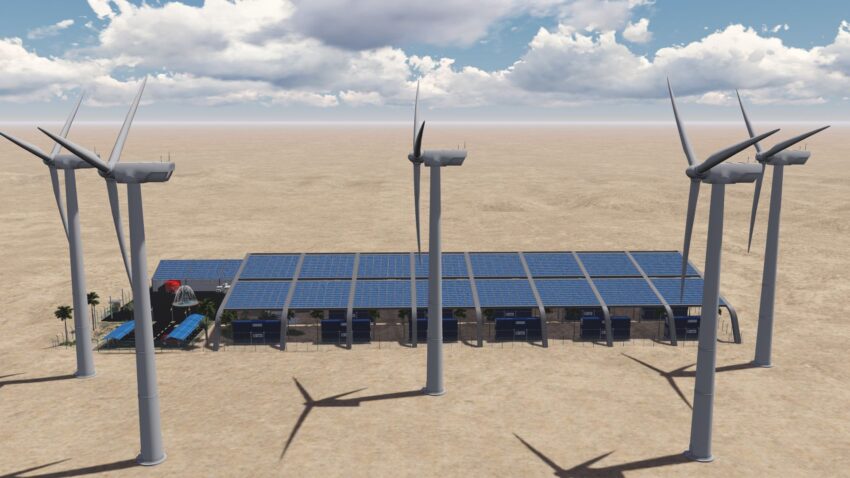Atmospheric water generators are the devices used for collecting fresh and pure water directly from the air around us by condensing atmospheric humidity. These generators utilize technologies like cooling condensation or liquid desiccant to extract water from humid ambient air. The generated water is then purified through water filtration systems for drinking and other uses. With the growing scarcity of freshwater resources and rising demand for clean drinking water worldwide, atmospheric water generators provide an effective solution. The global atmospheric water generator market is estimated to be valued at US$ 4.06 Bn in 2023 and is expected to exhibit a CAGR of 6.2% over the forecast period 2023 to 2030, as highlighted in a new report published by Coherent Market Insights.
Market Opportunity:
With urbanization and population growth, the availability of freshwater resources per capita is declining continuously. Many regions are already facing water stress conditions. Moreover, factors like changing climate, pollution of existing water sources have exacerbated the water crisis. Atmospheric water generators can fulfill the rising demand for fresh drinking water by extracting it directly from humidity in the air. They provide an independent source of water and do not depend on existing water infrastructure. The ability of these generators to produce clean water even in arid regions expands their use in off-grid and disaster relief applications. This growing need for decentralized freshwater production is expected to drive significant demand for atmospheric water generators over the coming years.
Porter’s Analysis
Threat of new entrants: New entrants face high production cost as Atmospheric Water Generator require advanced technologies. Established brands have strong brand image and supply chain networks.
Bargaining power of buyers: Buyers have moderate bargaining power due to availability of substitutes. However, increasing awareness about benefits of purified water increases dependence on Atmospheric Water Generator manufacturers.
Bargaining power of suppliers: Suppliers of raw materials and components have moderate bargaining power due to availability of substitutes and less differentiation in components.
Threat of new substitutes: Threat from new substitutes like conventional water purifiers is low as Atmospheric Water Generator extract water directly from air eliminating transportation and refilling costs.
Competitive rivalry: Intense due to presence of several global and regional players competing on basis of technology, quality, and pricing.
SWOT Analysis
Strength: Technology to extract water directly from air without need for transportation reduces costs. Increasing concern over water scarcity and quality boosts demand.
Weakness: High setup and production costs limit mass adoption. Dependency on climate conditions like humidity levels.
Opportunity: Scope for alliances with utilities in scarcity-hit areas for centralized water generation. Growing construction sector in developing nations boosts opportunities.
Threats: Threat from traditional water purifiers in price-sensitive areas. Environmental regulations regarding disposal of wastewater post-filtration.
Key Takeaways
The global Atmospheric Water Generator market is expected to witness high growth over the forecast period owing to increasing water scarcity around the world.
Regional Analysis: North America dominated the market in 2023 due to rising adoption in industrial and residential sectors backed by supportive government policies. The increasing focus on reducing dependency on conventional water resources along with shifting preference towards environment-friendly water generation systems is expected to drive the regional market.
Key players operating in the Atmospheric Water Generator market are Exxon Mobil Corporation, Saudi Basic Industries Corporation, Royal Dutch Shell Plc., China Petroleum & Chemical Corporation, Chevron Phillips Chemical Company LLC, Total S.A., LyondellBasell Industries N.V., National Petrochemical Company, INEOS Group, and Dow Inc. among others. The major players are focusing on strategic collaborations and introduction of innovative and eco-friendly products to strengthen their market position. For instance, in 2022, Watergen partnered with SUEZ to provide water security solutions in the Middle East and Africa.
Note:
1. Source: Coherent Market Insights, Public sources, Desk research
2. We have leveraged AI tools to mine information and compile it

